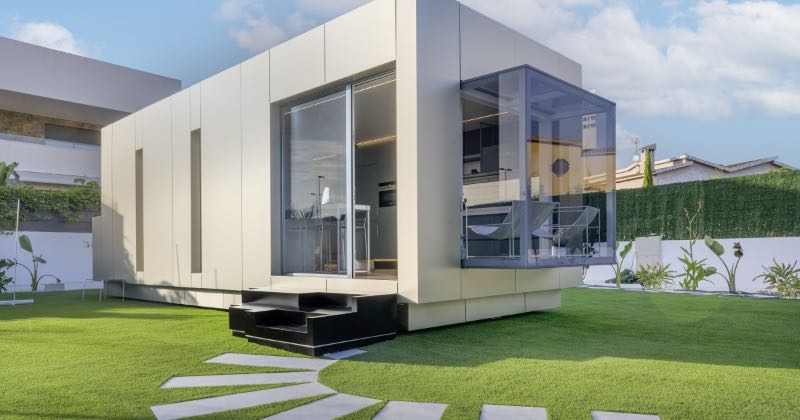Prefabricated homes are rapidly gaining recognition as a sustainable and practical alternative to traditional housing. Built in controlled factory environments and later transported for on-site assembly, they combine innovation with eco-conscious practices. More than just a trend, prefab homes are redefining how people think about residential construction. Let’s take a closer look at the key factors driving their popularity.
Environmental Impact
One of the most significant advantages of prefab homes lies in their reduced environmental footprint. By using sustainable building materials and energy-efficient processes, manufacturers cut down on waste and lower carbon emissions during construction. The controlled factory setting ensures precise use of resources, while modern designs often integrate green technologies such as solar-ready rooftops, water-saving systems, and eco-friendly insulation. This emphasis on sustainability meets the growing global demand for housing that minimizes environmental impact without sacrificing comfort.
Cost-Effectiveness
Prefab construction is also recognized for its affordability compared to traditional building methods. Streamlined factory production reduces labor costs and shortens timelines, making these homes more budget-friendly. Furthermore, the controlled environment eliminates many of the delays common in conventional builds, such as weather disruptions or last-minute cost overruns. For homeowners seeking a reliable option that balances price and quality, prefabricated homes stand out as an attractive choice.
Design Flexibility
A common misconception is that prefab homes lack variety. In reality, they offer a wide spectrum of design options. From sleek, minimalist aesthetics to rustic, traditional styles, homeowners can personalize floor plans, finishes, and fixtures to reflect their lifestyle. Modular construction techniques even allow for future expansions, meaning that a home can grow alongside a family’s needs. This combination of flexibility and customization makes prefab homes a versatile option in today’s diverse housing market.
Rapid Construction
Another defining feature of prefabricated homes is their efficiency in construction timelines. With most components pre-assembled in factories, the on-site build phase is significantly shorter than traditional construction. In many cases, a home can be completed in weeks rather than months. This accelerated process benefits individuals or families needing urgent housing solutions while maintaining consistent quality across every build.
Durability and Quality
Quality assurance is central to prefabricated construction. Each component undergoes rigorous testing and industry-standard inspections before reaching the assembly stage. Advanced materials and innovative construction techniques contribute to homes that are not only durable but also energy-efficient and resistant to wear over time. Many prefab homes are engineered to withstand harsh climates and natural challenges, offering peace of mind to homeowners seeking long-lasting reliability.
Energy Efficiency
Energy efficiency is another hallmark of prefab housing. Thoughtful design integrates features such as superior insulation, optimized ventilation, and energy-saving appliances to reduce consumption and lower utility bills. Many manufacturers also provide eco-upgrades, including solar panels, rainwater harvesting systems, and smart-home technology. These elements not only align with sustainability goals but also enhance comfort and long-term savings for residents.
A Forward-Thinking Housing Model
As housing needs evolve, prefabricated homes are proving to be a viable solution for modern, sustainable living. Their combination of eco-friendliness, affordability, customization, speed, and quality makes them a compelling alternative to conventional construction. Beyond just homes, the same principles of prefabrication are influencing storage solutions and stainless steel applications in housing, further promoting efficiency and sustainability.
With growing interest in environmentally conscious living, prefab homes are positioned to reshape the industry. They offer a smart, sustainable path forward for individuals, families, and communities seeking a balance between innovation, affordability, and environmental responsibility.



